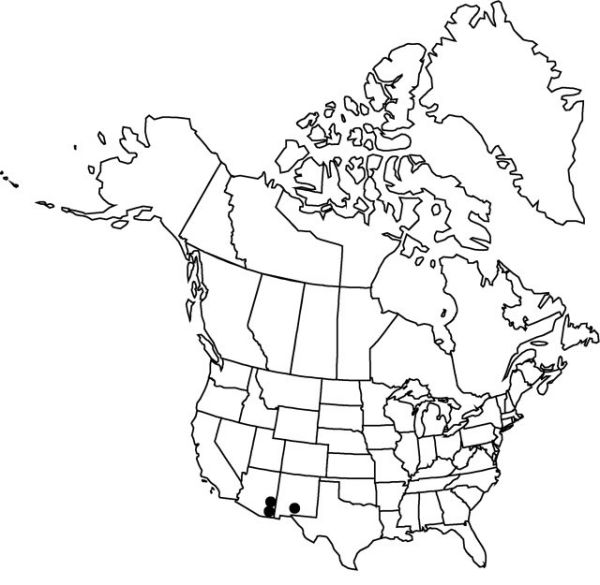Difference between revisions of "Malaxis porphyrea"
Revis. Gen. Pl. 2: 673. 1891.
FNA>Volume Importer |
FNA>Volume Importer |
(No difference)
| |
Revision as of 19:30, 24 September 2019
Plants 16–45 cm. Pseudobulbs 5–10 mm diam. Leaves 1, within proximal 1/3 of stem; blade orbiculate-ovate or ovate-lanceolate, (3–)4.1–8.5(–10) × 0.2–0.45(–0.65) cm, apex obtuse to acute. Inflorescences racemes, 6–25 cm; rachis slightly angled; floral bracts triangular to lanceolate, 1–2 × 0.5 mm, apex acute; pedicels not crowded, 2.5–5 mm. Flowers 16–133, resupinate, deep maroon or greenish maroon; sepals glabrous, not papillose; dorsal sepal lanceolate, 1.8–2.4 × 0.8–1.2 mm, margins revolute, apex acute; lateral sepals lanceolate-elliptic, falcate, 1.8–2.4 × 0.8–1.2 mm, apex acute; petals strongly recurved, linear to filiform, slightly falcate, 1.8–2.2 × 0.2–0.4 mm, apex obtuse; lip triangular to triangular-lanceolate, 1.8–2.3 × 1.3–1.8 mm, base with auricles narrow and nearly parallel, apex broadly acuminate; column 0.5–0.8 × 0.5–0.8 mm; pollinia yellow. Capsules ascending, ellipsoid, 5 × 3 mm.
Phenology: Flowering Jul–Sep.
Habitat: Open coniferous and mixed forests on dry slopes
Elevation: 2000 m
Distribution

Ariz., N.Mex., Mexico.
Discussion
Both Malaxis porphyrea and M. wendtii have been included incorrectly in M. ehrenbergii (D. S. Correll 1950; C. A. Luer 1975). The confusion among the taxa is discussed by T. K. Todsen (1997). Malaxis ehrenbergii is a Mexican species with its northernmost limit in southern Hidalgo, about 1200 km to the south of the ranges of the other two taxa, the southernmost ranges of which are in northern Chihuahua and Sonora. The following criteria are used to separate M. wendtii from M. porphyrea: the sepals of M. wendtii are papillose while the sepals of M. porphyrea are essentially glabrous, although they have prominent cell structures that may appear to be very small papillae; the lip of M. wendtii is linear to linear-lanceolate with a narrowly acuminate apex, and the auricles at the base of the lip are broad and diverging, while the lip of M. porphyrea is nearly triangular to triangular-lanceolate with a broadly acuminate apex, and the auricles at the base of the lip are narrow and nearly parallel. Also, M. wendtii has a denser inflorescence and the flowers are not quite as intensely colored as in M. porphyrea (R. A. Coleman, W. Jennings, pers. comm.).
Selected References
None.
